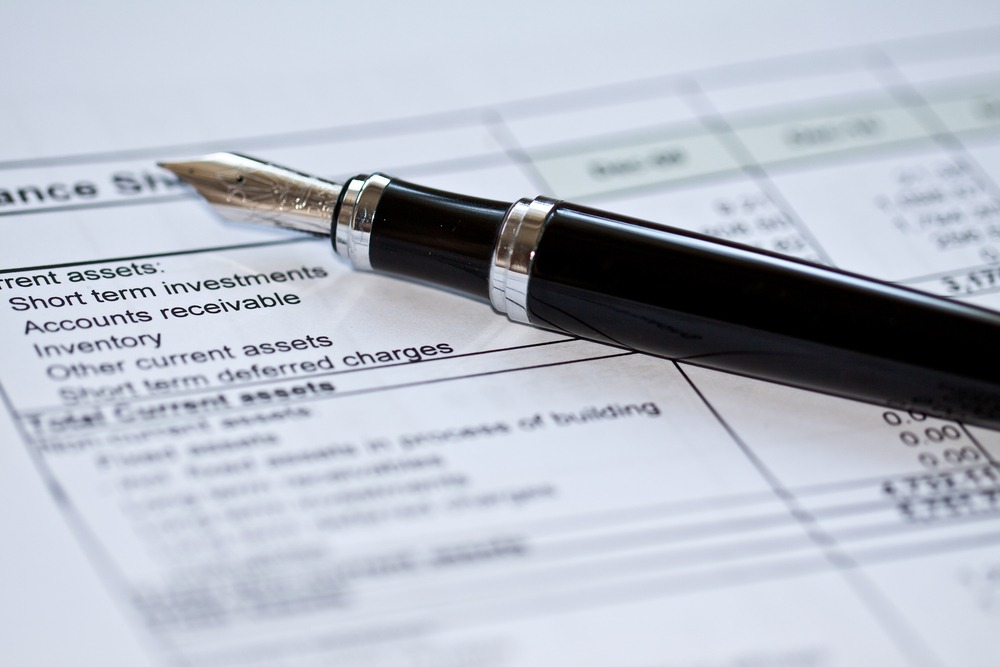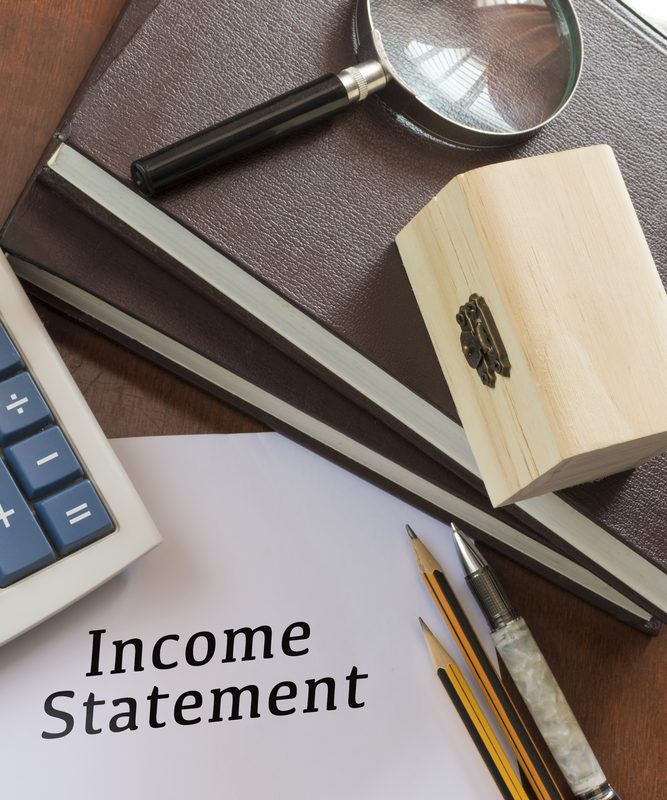Economic development is impossible without new projects, and investments are needed to develop them. As you know, investing is always fraught with risks. Therefore, to determine the economic feasibility of investments, the investment coverage ratio is calculated.
Definition
In the investment process, the payback period and investment coverage are two important indicators. With their help, you can not only make an informed decision, but also distribute the money with the greatest benefit.

In a broad sense, the investment coverage ratio (KPI) includes a category of indicators with which you can determine the level of liquidity in different directions. It shows what percentage of assets is financed from own funds, and which - by long-term loans. In this case, the coefficient is calculated by the ratio of assets to the total amount of debt. This method allows the investor to assess the potential profitability and the chance of bankruptcy.
KPI is also called an indicator of financial stability, as it reflects the level of financial dependence on external sources of funds. The financial stability / investment coverage ratio is analyzed together with liquidity and solvency indicators.
Destination
Before making a decision on the provision or receipt of borrowed funds, it is necessary to justify the conclusion about whether the organization can provide the debt burden and to what extent. This information can be obtained by calculating the KPI.
Having data on the security of assets with own funds, management is able to quickly make decisions about changing the method of managing assets and / or raising funds for business expansion, and even prevent possible bankruptcy.

KPI functions
Among their large number, several main ones can be distinguished.
- Obtaining reliable data on solvency: whether the organization will be able to repay the debt in a timely manner.
- The definition of current assets.
- Decision-making: according to the coefficient, conclusions are made regarding investment efficiency.
- KPI shows the amount of capital earned for a certain period (month, quarter, etc.).
- Determining the minimum level of operating income required to service interest.
- Calculation of the required amount of income that will be needed to cover the debt during the year.
- Using KPI, you can calculate how many times the organization’s income exceeds interest payments.
- Calculation of fixed financial costs that can be financed by income.

Formula
Calculation of KPI is regulated by BU standards. The fact is that there are several formulas for calculating the indicator. Consider the most basic of them.
KPI for assets:
KP = current assets (OA) / current liabilities (TO).
OA include:
▪ funds available at the cash desk and on accounts;
▪ accounts receivable;
▪ total value of stocks;
▪ other OA.
TO include:
▪ short-term loans;
▪ debt to the state budget;
▪ other liabilities.
In this form, the coverage ratio of investments shows the level of solvency of the organization. However, based on the obtained values, it is impossible to decide whether the organization has enough funds to pay off obligations. At maturity, the organization will need cash and non-cash funds, and inventory and receivables are less liquid assets.

KPI on investments:
KP = Income before tax and interest / Interest on loans.
Interpretation of the results is presented in the table.
| Optimal value | More than 0.9 |
| 3-4 | The organization can not only pay off debts, but also form a reserve of funds |
| More than 4 | The organization practically does not use loans |
| Less than 1 | The company can not settle for obligations |
| 1 | All profits are used to pay off debt. |
KPI on debt:
KP = (Operating income - Operating expenses) / Debt,
or
KP = Net operating income / Total debt.
This ratio of investment coverage makes it possible to assess the real ability of the company to pay the debt at its own expense in the event of a requirement to pay debts to all creditors.

Ratio of investment coverage by balance sheet
If the capital of the investment object mainly includes borrowed funds, and the assets are illiquid, then the investor may refuse to invest. This indicator is defined as follows:
KP = (Equity + Long-term loan) / I section of the liability.
Investment coverage ratio (balance formula) = (p. 1400 + p. 1530) / p. 1700.
If the value of the KPI is greater than or equal to 1, then we can conclude about the solvency of the company. If KPI <0, then the investor should pay attention to other indicators of financial reliability, for example, such as liquidity level.

The standard values of the investment coverage ratio are presented in the table.
| 1,5 -2,5 | The optimal value of KPI. It depends on the scope and characteristics of the industry. |
| Less than 1 | The company will not be able to repay short-term accounts payable due to current assets and net income. |
| More than 2.5 | Irrational use of capital and an increase in receivables. If this trend continues, the rate of capital turnover will decrease |
Conclusion
When deciding to invest, you should pay attention not only to the indicators of investment coverage, but also to the values of liquidity, solvency and profitability. Only after conducting such a comprehensive analysis can we conclude that investing in the organization.
